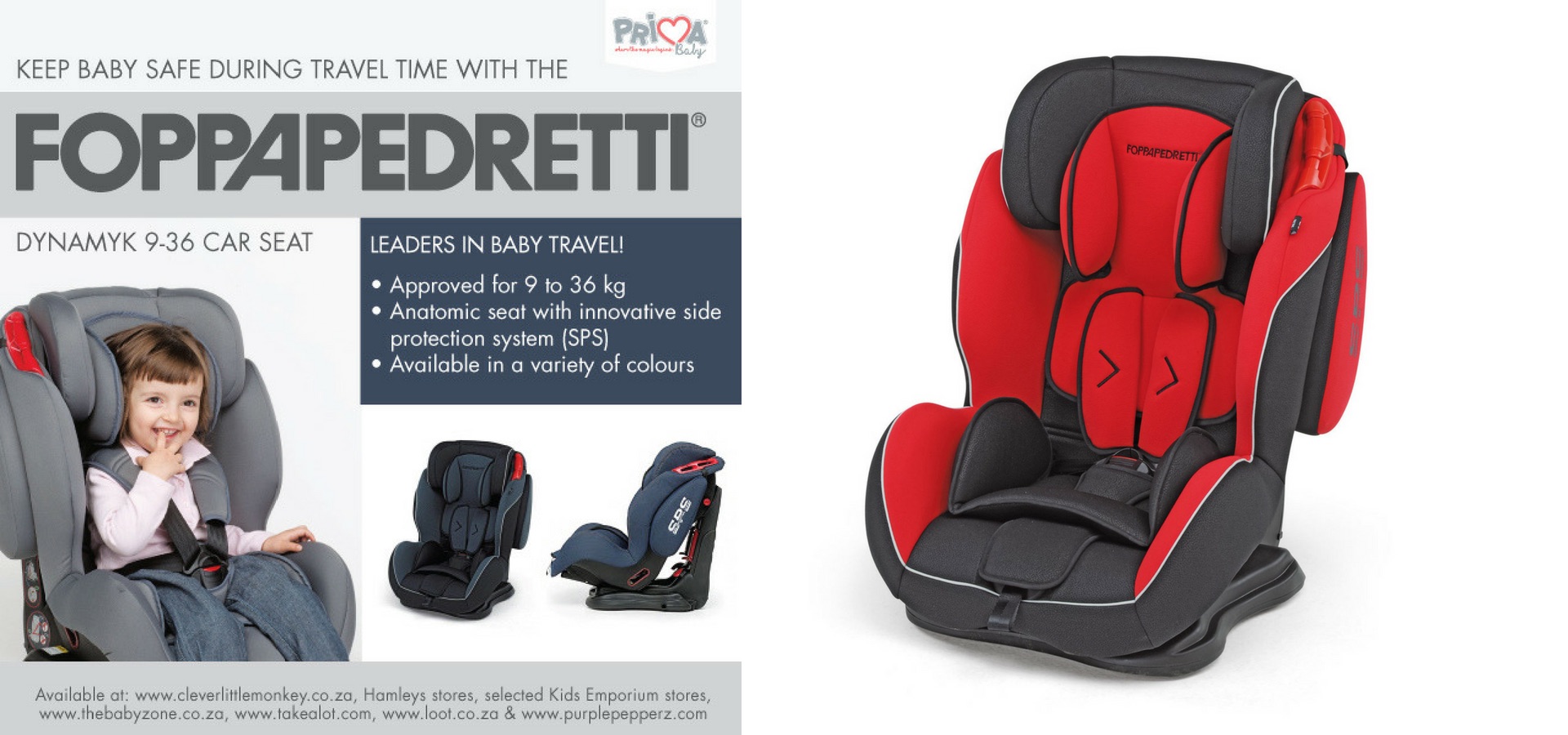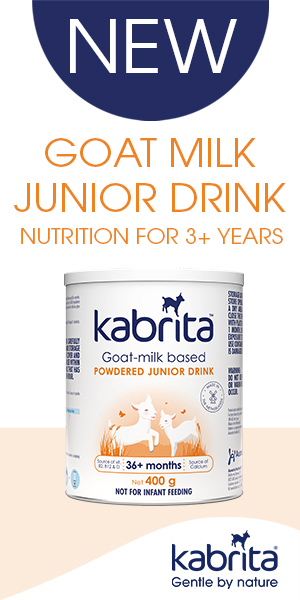The UK’s Best Baby Show has been running for the last 15 years, and finally hits SA shores this September. Moms and moms-to-be will be exposed to everything they need for a bump and baby – but don’t forget dads!. Daddies-to-be and new dads do not want to miss out on this event especially tailored to include both parents and provide a comprehensive, balanced approach to parenthood. Make informed choices “It’s vital for dad’s to be involved from the very beginning of the parenthood process as it allows them to make informed and considered choices for the health and happiness of their babies,” says Michael Simpson, Brand Manager, Pampers. “We encourage all dads (and moms) to pop-in at the Pampers stand as we will be providing parents insights into the superior quality and benefits of our nappies as the No. 1 Choice of Paediatricians in South Africa.” adds Simpson. Because boys will be boys Dads can also look forward to Porsche South Africa’s #SportsCarTogether Zone that will celebrate everything that is Porsche and family. Dads can check out Porsches latest baby, the all new Cayenne, whilst little ones take Porsche push cars for a test drive. For the little kid in you, Dad can experience a virtual drive around Kyalami Grand Prix Circuit and learn more about the models in the range through an interactive augmented reality timeline wall. Porsche Driver’s Selection clothing and accessories will be available for purchase during the show and you can stand a chance to win a Porsche Driver’s Selection hamper for the whole family. Trail before transaction The Four-wheeled adventures continue at the Pushchair Testing Track with the latest pushchairs on offer to tackle a dedicated obstacle course; the best way to discover the perfect pushchair fit for your growing family. Most stands at the Baby Show will provide trail opportunities to understand the benefits and experience first-hand how products and services can help you take care of your bump, baby and you. BIG advice from experts on little people On the Saturday of the event, the #MeetUp workshops with Meg Faure, provides a platform for visitors to have face-to-face interaction and enjoy entertaining talks from top experts in pregnancy and childcare. Besides talks about human milk and baby bumps, some topics will speak directly to dad: Sleep expert Dr Alison Bentley will be giving sleep saving tips for Dad to deal with the Night Shift; For the fathers and male role models out there, best-selling author and ‘dad coach’ Craig Wilkinson will get into those sometimes difficult to talk about topics, such as why don’t many SA men step up to fatherhood; Also talking about his recent surrogacy experience and being a single dad, will be former referee, Jonathan Kaplin, in the Parent Sense workshop, aptly titled “Winging it”; Priya Naicker (Advice Manager for Old Mutual Personal Finance) will answer all questions on how to finance for your new family; to name a few. The Pampers Baby Show & #MeetUp takes place at the Kyalami International Convention Centre from 28-30 September. For just R140, new mums and dads can secure 1x baby show ticket, 1x Pampers newborn nappy pack and 1x Pampers baby wipe pack. Use the promo code PAMPERS to secure your package today at www.babyshow.co.za About Pampers® Pampers® is the world’s top selling brand of baby nappies. For more than 50 years, Pampers® has been helping to improve life for babies, toddlers, and the parents who care for them through a complete line of nappies, training pants, and wipes designed for every stage of baby’s development. About Procter & Gamble P&G serves consumers around the world with one of the strongest portfolios of trusted, quality, leadership brands, including Always®, AmbiPur®, Ariel®, Bounty®, Charmin®, Crest®, Dawn®, Downy®, Fairy®, Febreze®, Gain®, Gillette®, Head & Shoulders®, Lenor®, Olay®, Oral-B®, Pampers®, Pantene®, SK-II®, Tide®, Vicks®, and Whisper®. The P&G community includes operations in approximately 70 countries worldwide. Please visit http://www.pg.com for the latest news and information about P&G and its brands.



































